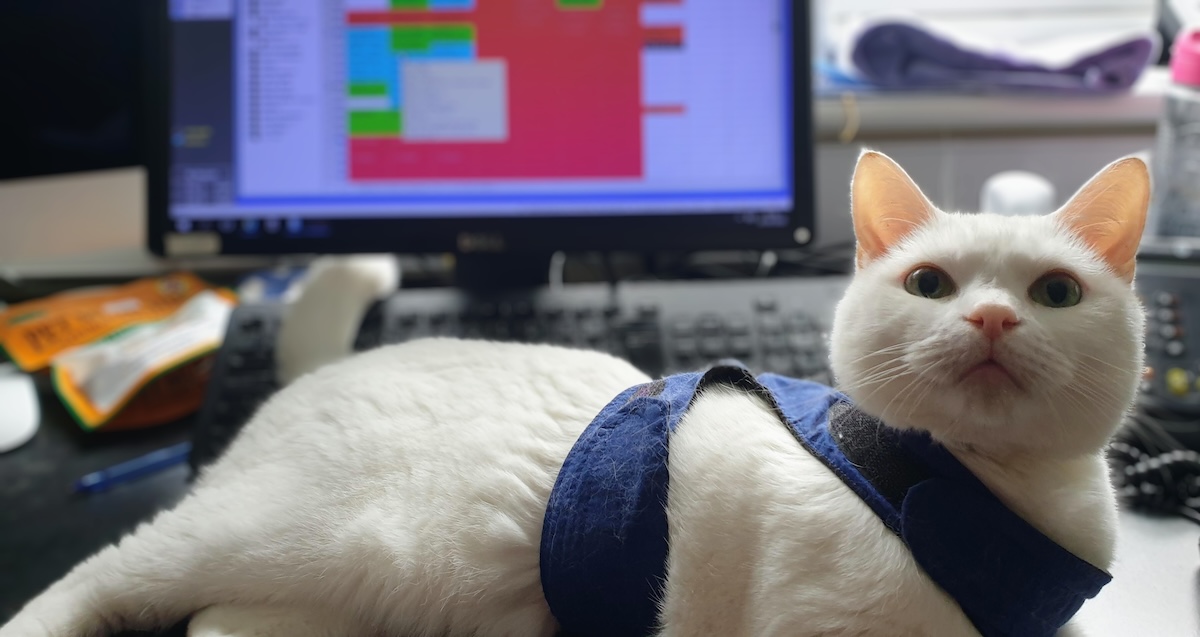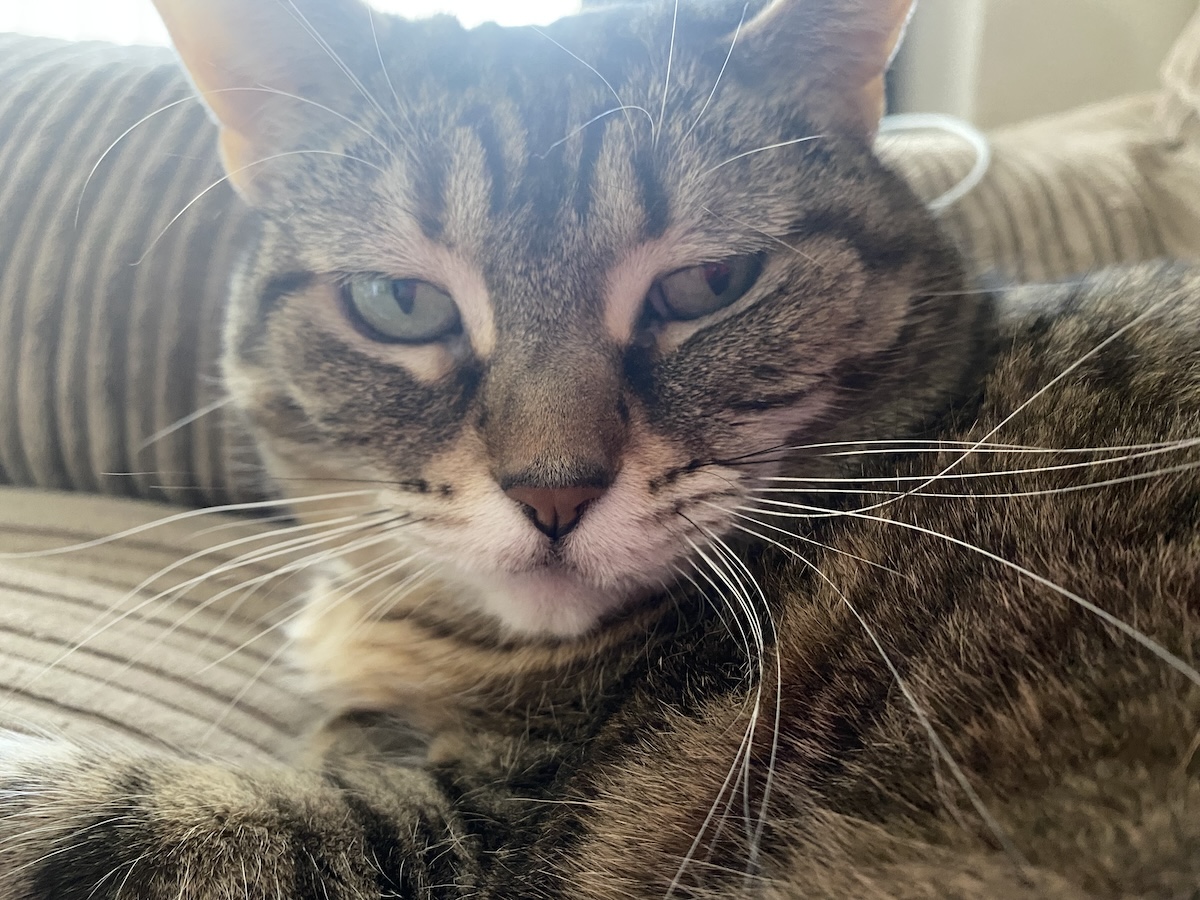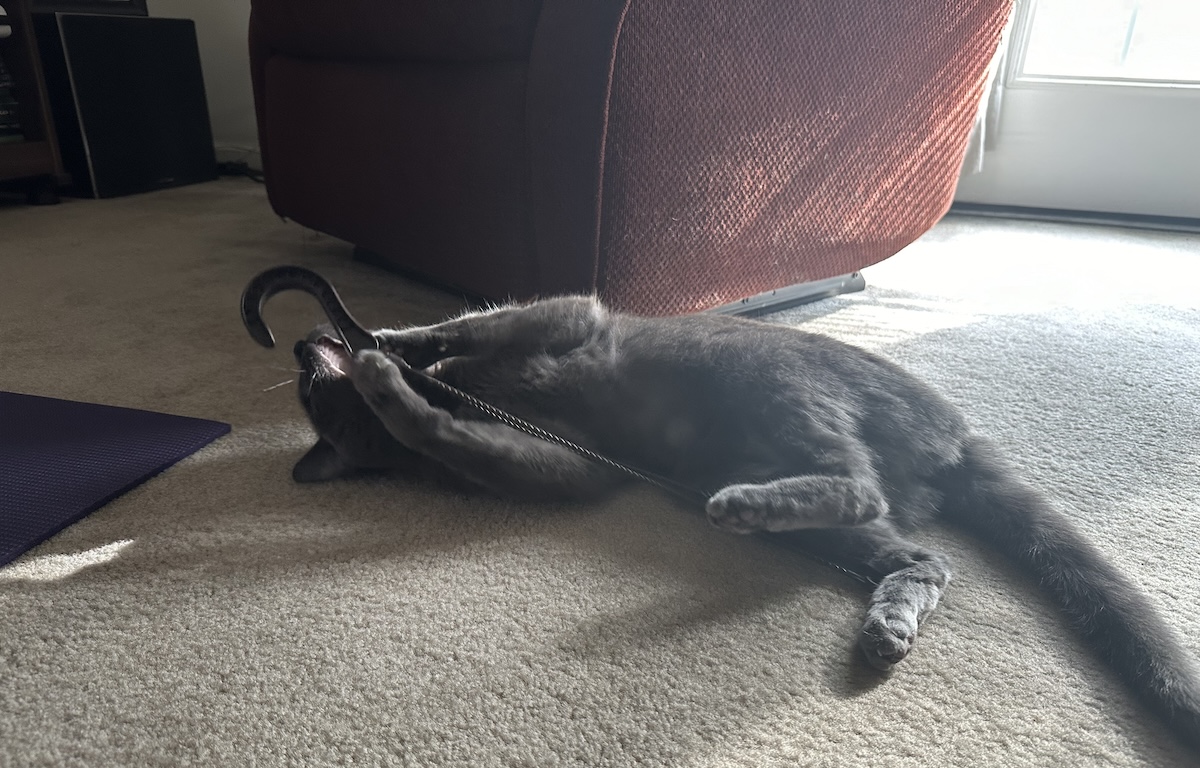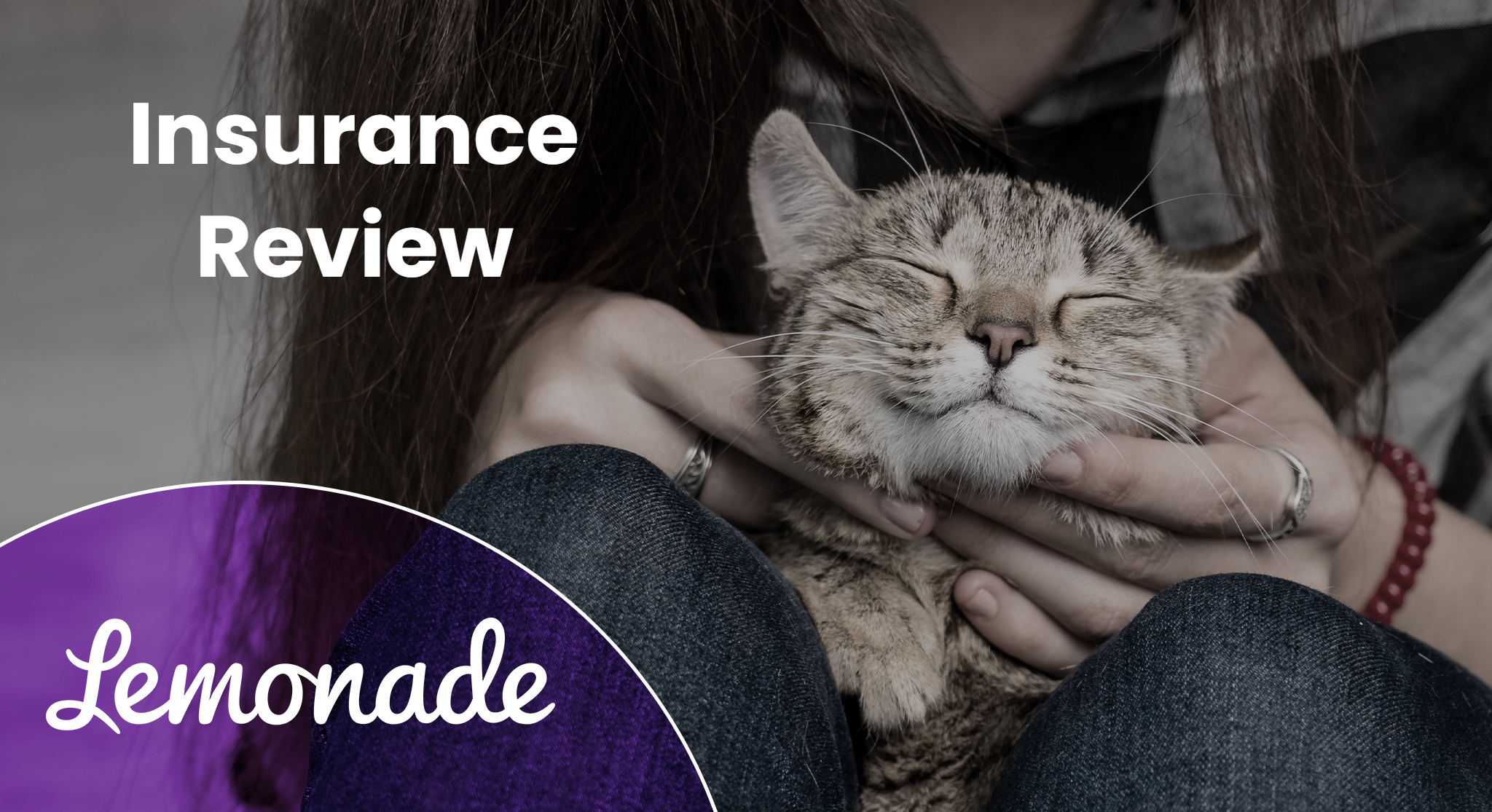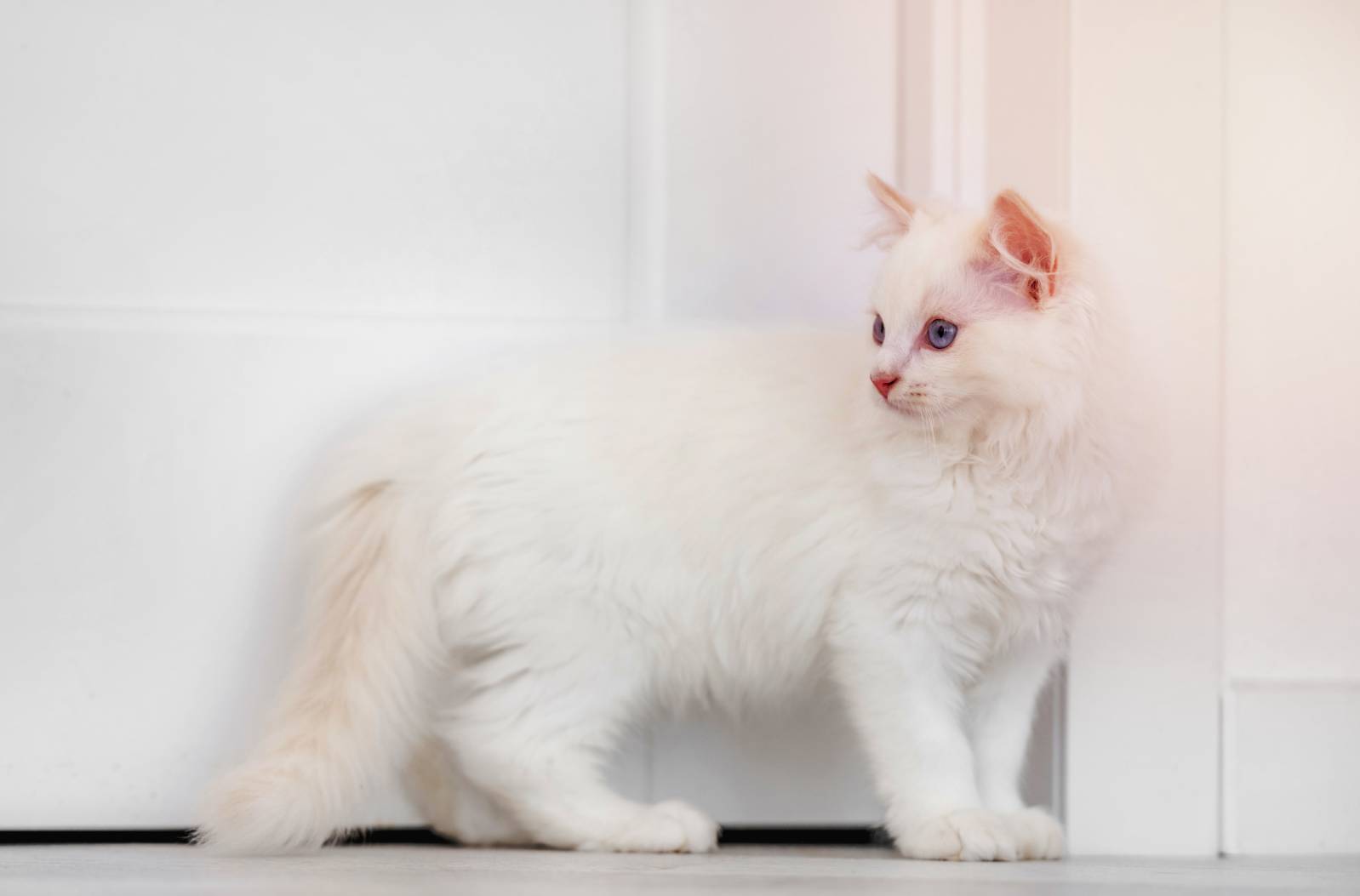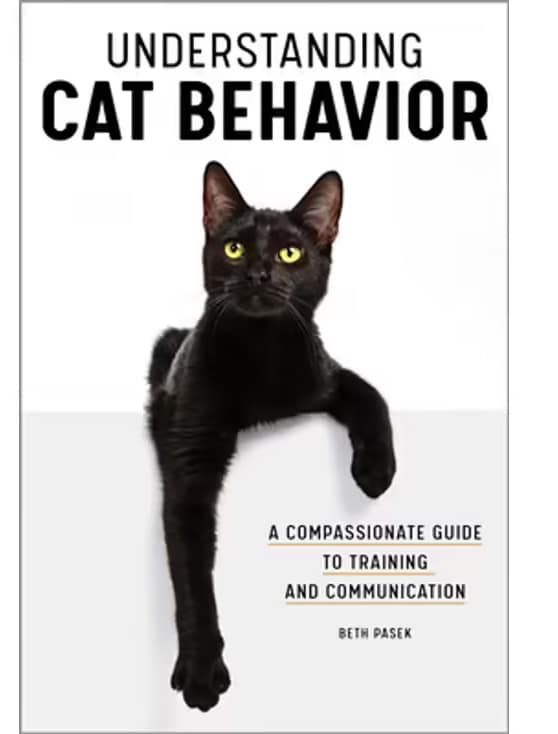Salt Lamps and Seizures: Another Home-Grown Lesson from Clutch
Hi, I’m Dr. Karyn! Read my introduction to learn more about me and meet my five hilarious cats: Clutch, Cyril, Alex, Zelda, and Zazzles. You might already know that my buddy, Clutch, enriches my life with his quirky personality and unique habits. There are also some ways in which he contributes to my already significant amount of […]

